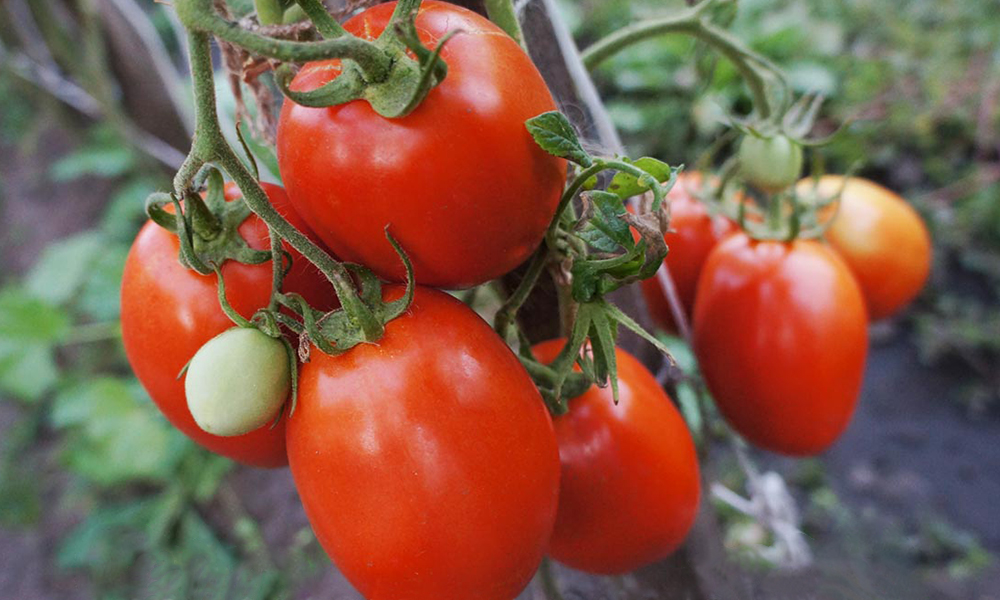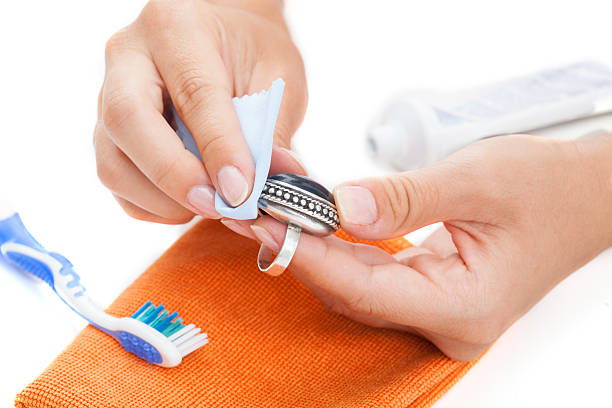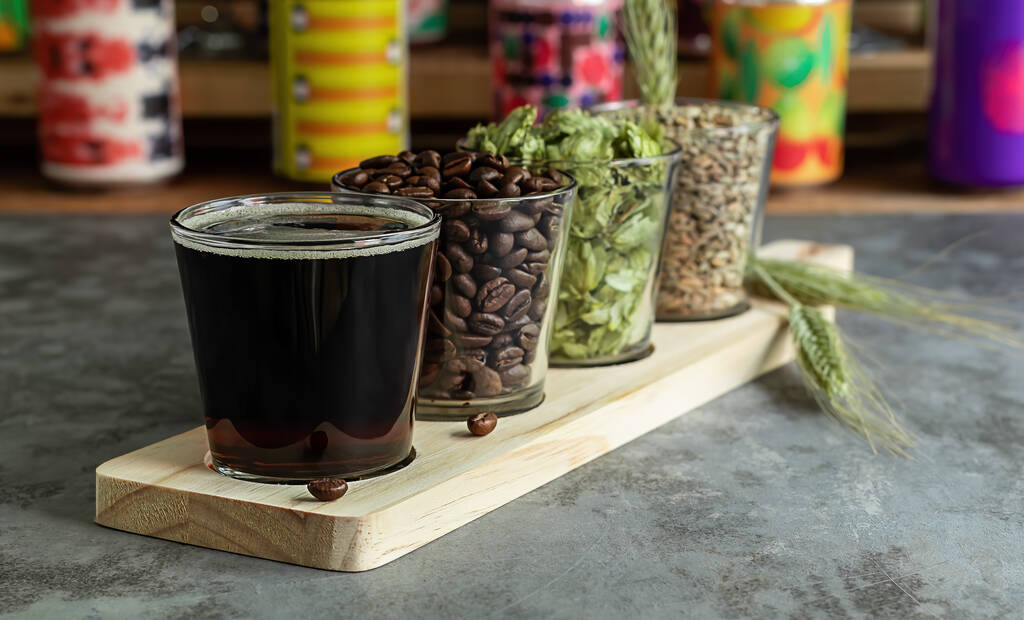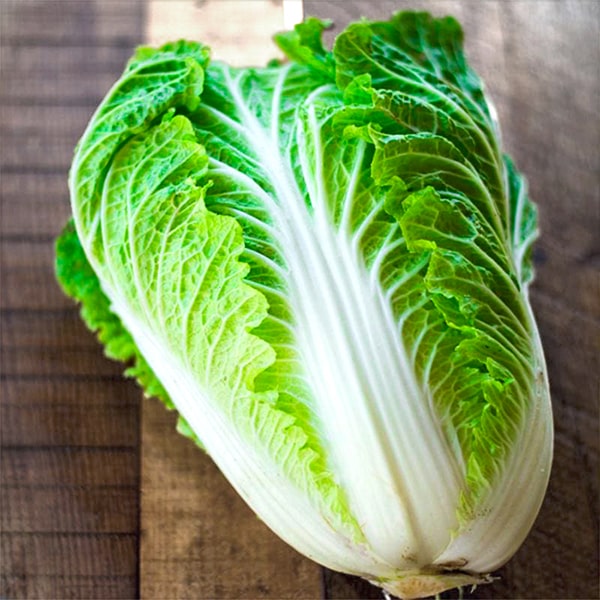Tomatoes, lemons etc.: These foods do not belong in the refrigerator
Storing food properly is almost an art – and the refrigerator is not always the best solution. Not everything stays fresh longer in it. Many foods are harmed by the cold, some simply do not need it cool.
Store tomatoes in the fridge? Please do not!

Tomatoes lose their aroma in the refrigerator and can mold more quickly. It is best to keep them in the cellar or in the pantry – a temperature of around 15 degrees is ideal.
If a cool room is not available, tomatoes are still better off at room temperature than in the fridge. This also applies to other types of vegetables that contain a lot of water, such as cucumbers, peppers, aubergines and zucchini.
Food that doesn’t belong in the fridge: Bread
Bread is best stored at room temperature in air-permeable containers. Without air, moisture builds up and the bread starts to go moldy.
Clay pots are ideal for storage. Wooden bread boxes are also recommended, as bread dries out less quickly in them.
Olive oil does not belong in the fridge!
Olive oil can become flaky in the refrigerator. This is reflected in the warmth, but it doesn’t have to be.
Protected from light at room temperature (e.g. in a cupboard), olive oil keeps for many weeks – by then a bottle is usually gone anyway.
Lemons better not in the cold
Lemons and other citrus fruits don’t tolerate cold – after all, they come from warm regions. Lemons, oranges, grapefruit, etc. do well at moderate room temperatures, but they prefer it a little cooler.
You should store citrus fruits openly so that they have contact with air.
Garlic and onions
Garlic and onions are best kept in a cool, dark and dry place, such as the basement. It’s too cold for them in the fridge.
If you don’t have a cool room available, it’s best to store garlic and onions in a clay pot that gives them enough room to “breathe”.
Avocados shouldn’t be in the fridge
Like bananas, avocados are usually bought unripe. “Hard” avocados should be left to ripen and soften at room temperature. It is best to eat up ripe specimens as soon as possible.
Store bananas in the fridge?
Bananas quickly get brown spots in the fridge because the cold damages their cell tissue. They will keep for about three to four days at room temperature if you protect them from direct sunlight.
This also applies to other exotic fruits such as mango, melon or pineapple – better not in the fridge.
Booze
Anyone who has spirits such as vodka, whiskey or other spirits with more than 35 percent at home does not need to store them in the refrigerator. Sealed bottles last practically forever.
Even when the bottles are open, it takes time for the alcohol and aroma to evaporate. Storage in the basement or at room temperature without direct sunlight (e.g. in a cupboard) is sufficient.
Tabasco etc
In addition to chilies, hot sauces usually only contain vinegar and salt – these are excellent preservatives. That’s why Tabasco & Co. don’t have to be in the fridge even when they’re open.
In a light-protected place (in the cupboard) they last for many months.
Store honey in the fridge? Unnecessary!

Honey hardens in the fridge and is difficult to spread. When stored tightly closed, dry, and protected from light (e.g. in a cupboard), honey usually keeps for years without losing quality.
Also, if you keep honey free of foreign bodies, you can eat it practically forever.























